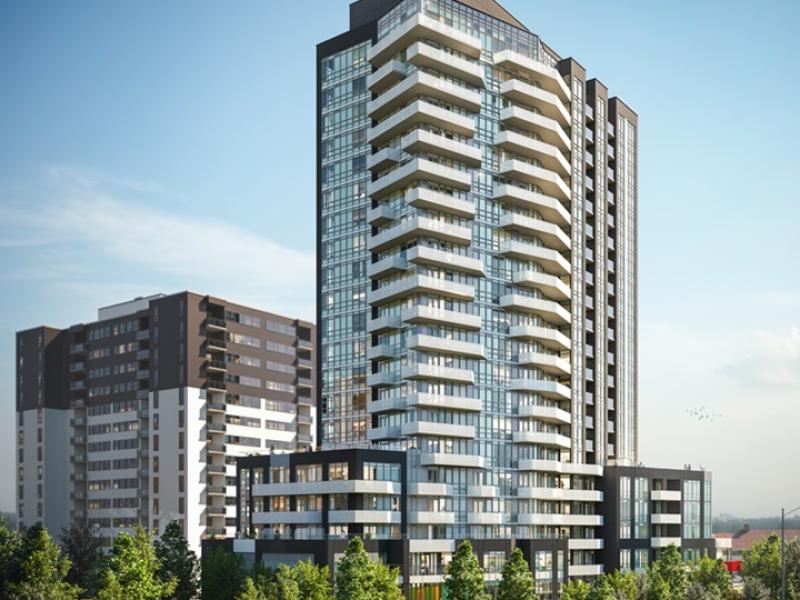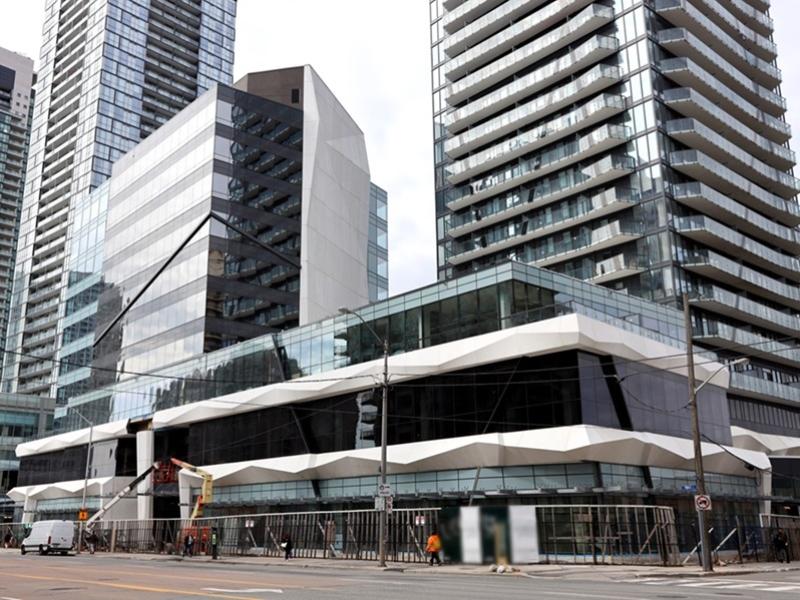In Part I of this two-part series, I outlined how development charges discourage the construction of family-sized units. But the barriers go beyond economics.
In Canada and much of North America, it’s culture that keeps families out of apartments.
If we want to solve our housing crisis, we need to tackle this head-on.
A Canadian ideal that no longer fits
For generations, the single-family house has been the aspirational home for many Canadian families. It symbolizes independence, privacy and a piece of land to call your own.
But this ideal is becoming harder to attain.
Over the past 20 years, the average price of a detached home in Toronto has nearly tripled, far outpacing incomes. As of early 2024, the average detached home in the city costs around $1.6 million. That’s not affordable — especially not for young families.
And yet, many continue to chase this dream, even if it means living farther and farther away from work, schools and services. The result is long commutes, social isolation and rising infrastructure costs. Meanwhile, family-sized apartments in central locations remain scarce — and often stigmatized.
I live in a three-bedroom apartment, without a car
My own family lives in a three-bedroom condo in downtown Toronto.
We don’t own a car. We walk our children to school and daycare. We enjoy a five-minute bike ride to work, groceries and parks.
We’re not missing anything — except, maybe, more families around us, which gets better every year.
There’s nothing inherently “un-family-friendly” about apartment living. But our built environment — and our collective mindset — suggests otherwise.
Families are rarely the design target for highrise developers. Playrooms, stroller storage or shared outdoor spaces are afterthoughts. Zoning codes, condo rules and even marketing language reinforce the idea that families belong in houses.
In other countries, apartments are for everyone
Let’s compare this to how other countries treat family housing.
- Germany: About 57 per cent of Germans live in apartments. Families are common tenants, thanks to a cultural acceptance of renting long-term. Many units are purpose-built to accommodate families, with multiple bedrooms, generous balconies and shared courtyards.
- France: In Paris, 64 per cent of households live in apartments, including families. The housing stock includes many three- four- and 5(!!)-bedroom units with good access to transit, schools and green space.
- Japan: Despite high urban density, Japanese cities are filled with compact but well-designed family apartments. Tokyo is also one of the rare global cities that doesn’t suffer from an affordability crisis.
The real cost of sprawl
When we assume that families need houses, we drive up demand for sprawl. Sprawl is expensive.
A Canadian Mortgage and Housing Corporation (CMHC) report found that compact, infill development costs cities 40 per cent less in infrastructure spending than low-density greenfield development. Roads, water, transit, emergency services — they all stretch thinner as growth moves outward.
Yet many municipalities still prioritize land-use patterns that make family-friendly apartments difficult to build. Setbacks, height restrictions, parking minimums and school boundaries all work against compact, multi-unit housing options that could serve families well.
Redefining the “Housing Crisis”
Too often, when Canadians talk about the housing crisis, they mean this: “I can’t afford to buy a house”.
But this is only one interpretation. What about: “I can’t afford to live near my job", "my child doesn’t have access to a nearby park", or "we spend two hours a day commuting?”
A new vision for family housing
To move forward, we need a shift in mindset.
- Design for families in apartments: Developers, planners and architects should prioritize three-bedroom units with thoughtful layouts, flexible common spaces and family amenities.
- Market apartments as a permanent option: Stop treating apartments as transitional housing. People raise families, age in place, and build communities in apartments around the world.
- Normalize renting: Homeownership is not the only path to security. Stable, well-regulated rental markets can support families too.
- Change the narrative: Planners, politicians and media need to expand the definition of what a “good home” looks like — especially for families.
We won’t solve the housing crisis with more highways and more sprawl. We’ll solve it by making better use of the land and infrastructure we already have — and by embracing the fact that good family housing can, and should, come in all forms.
We should give the next generation the option to raise a family in a well-located, walkable, connected community — without needing to leave the city behind.
The future of housing in Canada will not (and cannot) look like the past.
And that’s not a bad thing.








